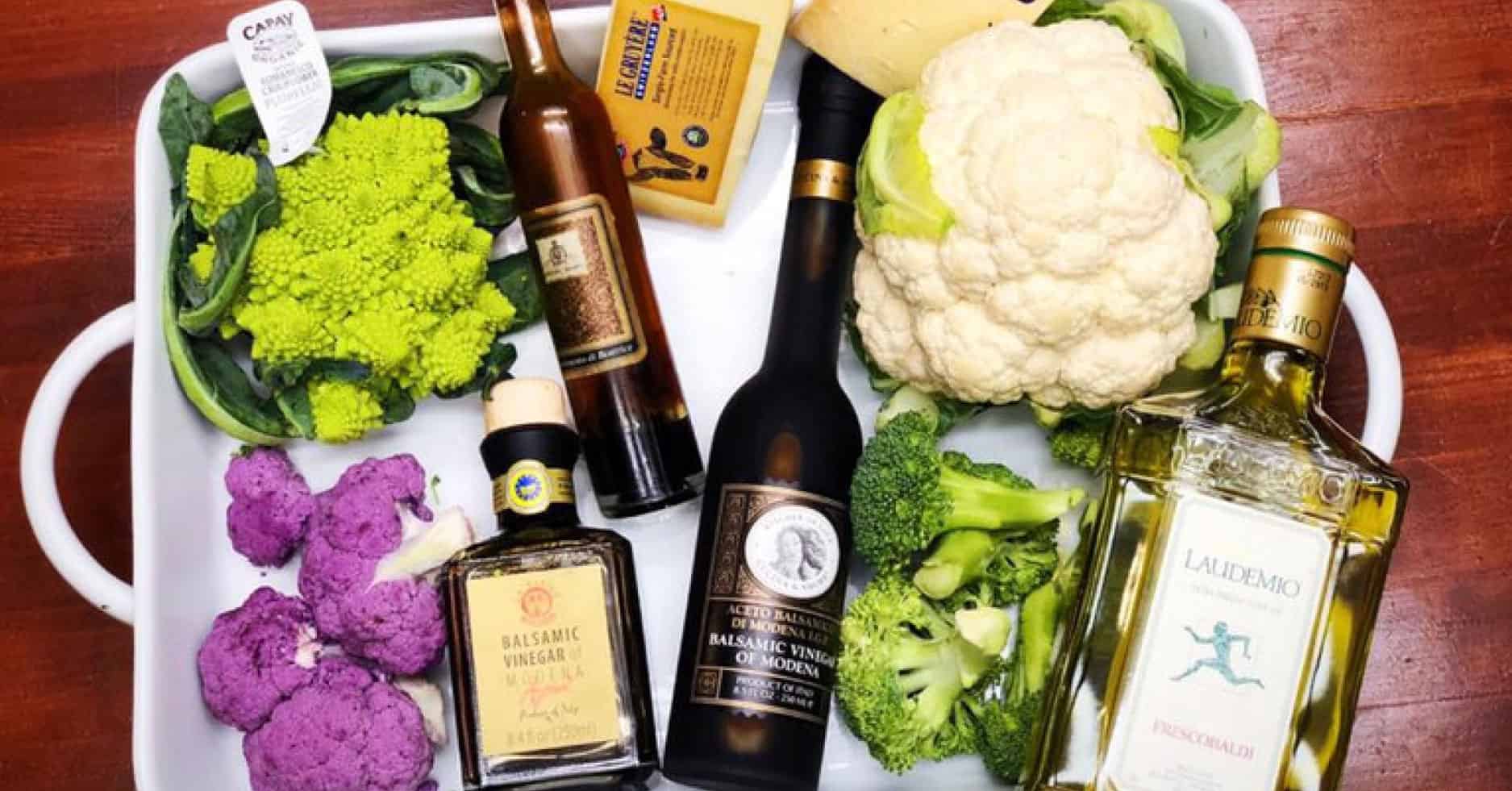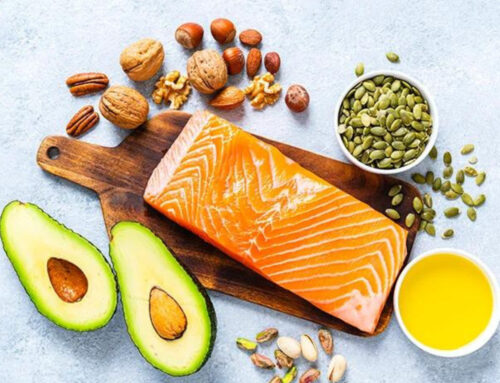The biggest mistake I see people make when they implement the ketogenic diet or fasting protocols is that they forget that their body needs a feast day.
Stop and think about it for a moment. Were we meant to eat the same food all the time, day after day? If you think back to the lives of cavemen, we know that in the winter they didn’t have access to fresh food so their bodies were designed to survive in lean times (read: our ability to access stored body fat). By contrast, during spring and summer, when nature provided more bountiful food, the body adapted by feasting on fruits, veggies, tubers and the animals that were no longer hibernating. Everything in nature is meant to cycle. It makes sense, then, that the human body thrives on cycling as well.
So what happens when you go keto? Your energy goes up, your mental clarity improves, you drop weight, and you vow you are never going to give up this lifestyle. But what you don’t realize in those first blissful weeks is that if you don’t add in some variation and feasting, you will eventually do more damage to your body, stop seeing big changes and, as a result, may lose the discipline it takes to stay on a keto diet.
Variation is absolutely the key to maximizing your keto results. So what does it look like to feast? There are two different styles of feasting that I recommend to my patients. One is feasting to build hormones, and the other is feasting to build muscle.
Hormone Feasting
Let’s start with looking at hormone feasting. Nature has provided some magical foods for us that increase the level of progesterone in our bodies. For women, this is incredibly crucial because progesterone is the anti-anxiety hormone. When women stay on a ketogenic diet for a long period and deny their bodies these progesterone-building foods, their progesterone levels start to decrease. When progesterone goes low, it gives estrogen the opportunity to become dominant and you will start noticing that you will gain weight, have trouble sleeping, and your hair may fall out.
For women going through the menopause years, this may mean more anxiety. So hormone feasting days are really meant to increase the foods that provide your body the nutrients it needs to make progesterone. The foods I like to encourage you to bring into your diet on these feast days are beans, squash, potatoes, quinoa, citrus, and tropical fruits. When you provide your body these foods, many of you will begin to notice that your symptoms of hormonal imbalances will start to diminish.
This is such an important concept to understand that I created the Ketobiotic Reset specifically for women to address it. If you would like the Ketobiotic Reset Guide, click here and we’ll send to you. If you aren’t sure about your hormone levels, you can test them using our Dutch Test.
Protein Feast Day
What does a protein feast day look like? This is a question I get a lot from our male patients when they go keto. They love how lean they get, they love the brain clarity, but they don’t want to lose muscle. This is why it’s important, especially for men, to include some protein days. Protein has amino acids in it that fuel the mitochondria of the cell. The mitochondria will help your muscles feel strong and powerful. In order for your mitochondria to thrive, you need protein … but not every day!
In fact, many of you who are following a more Atkins-style keto – which allows you to eat all the protein you want – may notice that you aren’t leaning out very quickly, your cholesterol may be going up, and you’re showing more signs of aging than you would like. That is what too much protein does. Cycling protein feast days while eating keto is the absolute best way to get the benefits of keto while building muscle.
What does a protein feast day look like? Put simply, it’s a day when you plan to consume over 150 grams of protein in a day. And you want to make sure that your protein is clean, and by that I mean hormone and antibiotic-free meats. The proteins that I recommend men use to feast are grass-fed beef, grass-fed dairy, pasture-raised eggs, toxin-free collagen powders, and toxin-free protein powders. As wonderful as it sounds to feast, I have actually found that this is the hardest concept for keto lovers to implement, so let me give you some guidelines as to how often you should be feasting.
How to keep muscle while fasting
For men that want to build muscle, I recommend 2-3 protein load days a week. This does not mean a carb load day, so continue to keep your carb levels down. In addition, I would not do these days back to back; I would cycle them with your keto and longer fasting days. In addition, for those of you who want to build muscle, I’d encourage you do five days in a row of fast mimicking once per month. The fast mimicking protocol will stimulate stem cells, and stem cells will repair connective tissue and help improve your muscle strength. If you want to join our Resetter Tribe for our monthly Fast Training Weeks, click here.
Thyroid, Adrenals, and Sex Hormones
For women with thyroid, adrenal, and sex-hormone imbalances, I really encourage you to explore adding more hormone feast days. If you still have a very predictable cycle, I recommend loading up on the progesterone-building foods mentioned above a week before your cycle. By contrast, the week before your cycle is not a good time to go on a five day water fast as it’s not a great time to be limiting your carbs. This is the week you want to feast, but remember to feast on smart carbs! When I put women on three weeks of keto and one week of hormone building, they usually notice that their hormones start to balance out. For more severe cases of hormone imbalances, I encourage you to add one or two days a week of hormone feasting into your weekly diet variation plan.
I can’t emphasize enough how important these feast days are. In my clinic, we have seen so many people destroy their health by becoming zealots for keto and not varying their diet. Your body needs these occasional feast days!
For more information on how to cycle feast days into your keto lifestyle, be sure to subscribe to my YouTube channel, as I am uploading weekly videos on concepts such as keto, fasting, and the importance of variation.
As always, I hope that helps. Please reach out with any questions. Happy Feasting!









Hi Mindy, how often would you recommend having feast days?
Hi. What does a feast day meal look like?
What are we supposed to be eating after doing hormone metabolic 15 dsy reset? If we go back to way we normally eat eont all the weight go back on?
Hi Mindy, Thanks for all you do!!
Wondering why oatmeal isn’t mentioned as a hormone feasting superfood? After being in ketosis is for three weeks and now trying to find foods for my 67 year old post menopausal hormone feasting, I was surprised to find my fasting glucose this morning at 104. Before I began fasting, I considered oatmeal as a super food for its healthy affects on blood sugar as well as cholesterol.
I’d love a response because I feel like healthy oatmeal is a perfect food for this week. Thank you.
I guess I’d like to know approximately how many more calories you would like to see on the hormone feasting days or if we are just skimping in other areas to make up for the added carbs; and the same concept for the added protein on the protein feasting days.
From reading her book, she doesn’t recommend calorie counting
Bonjour Mindy I am on 48 hours of the 72 hour fast and I would like to know what fasting protocol you recommend for a 68 year old women with belly fat and forgetting names 🙄
Is it good to start fasting and start the keto biotic plan the day my period starts or should I continue hormone feasting for a few days into my period?
I’m starting month 2 following your guidelines.
Thanks!